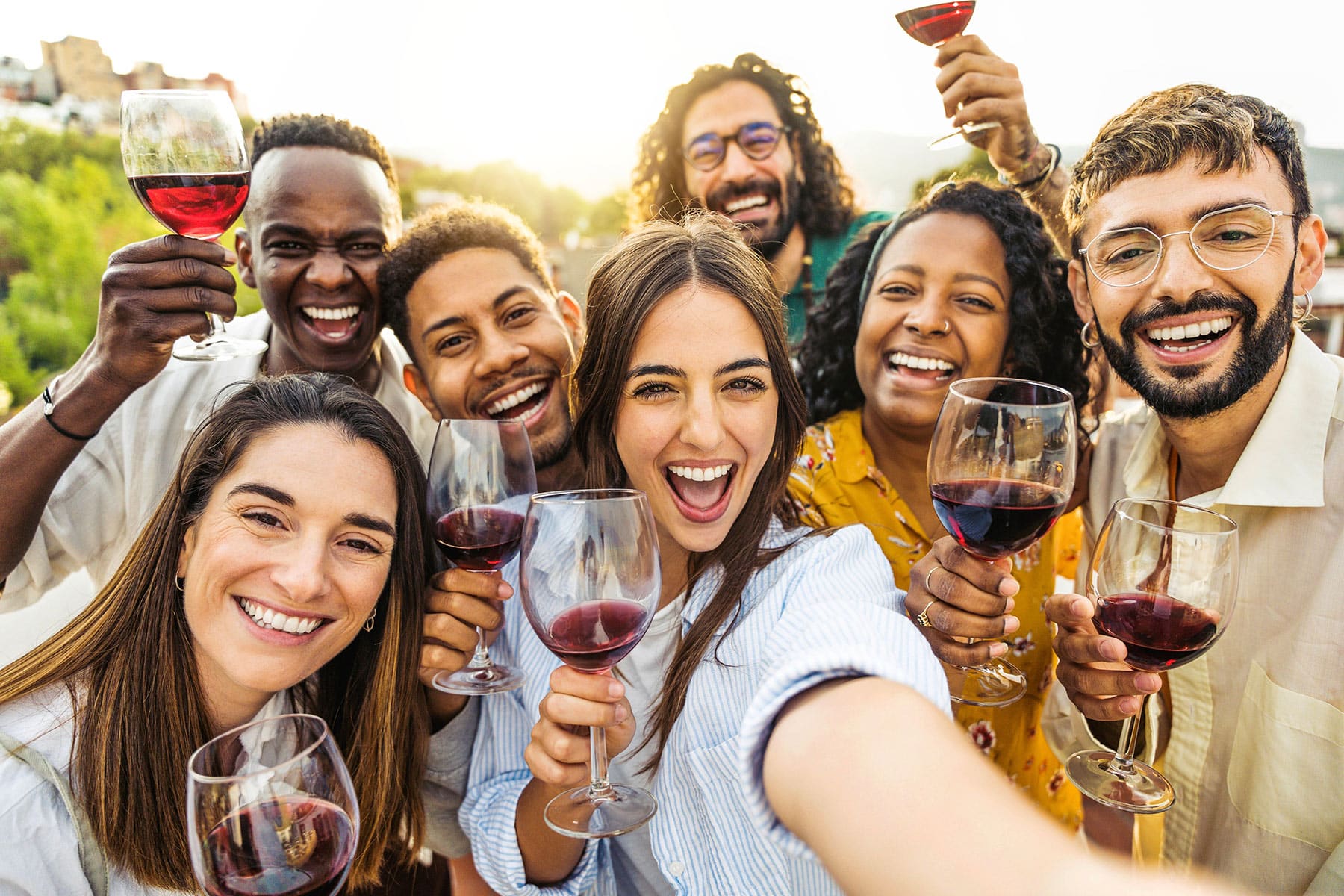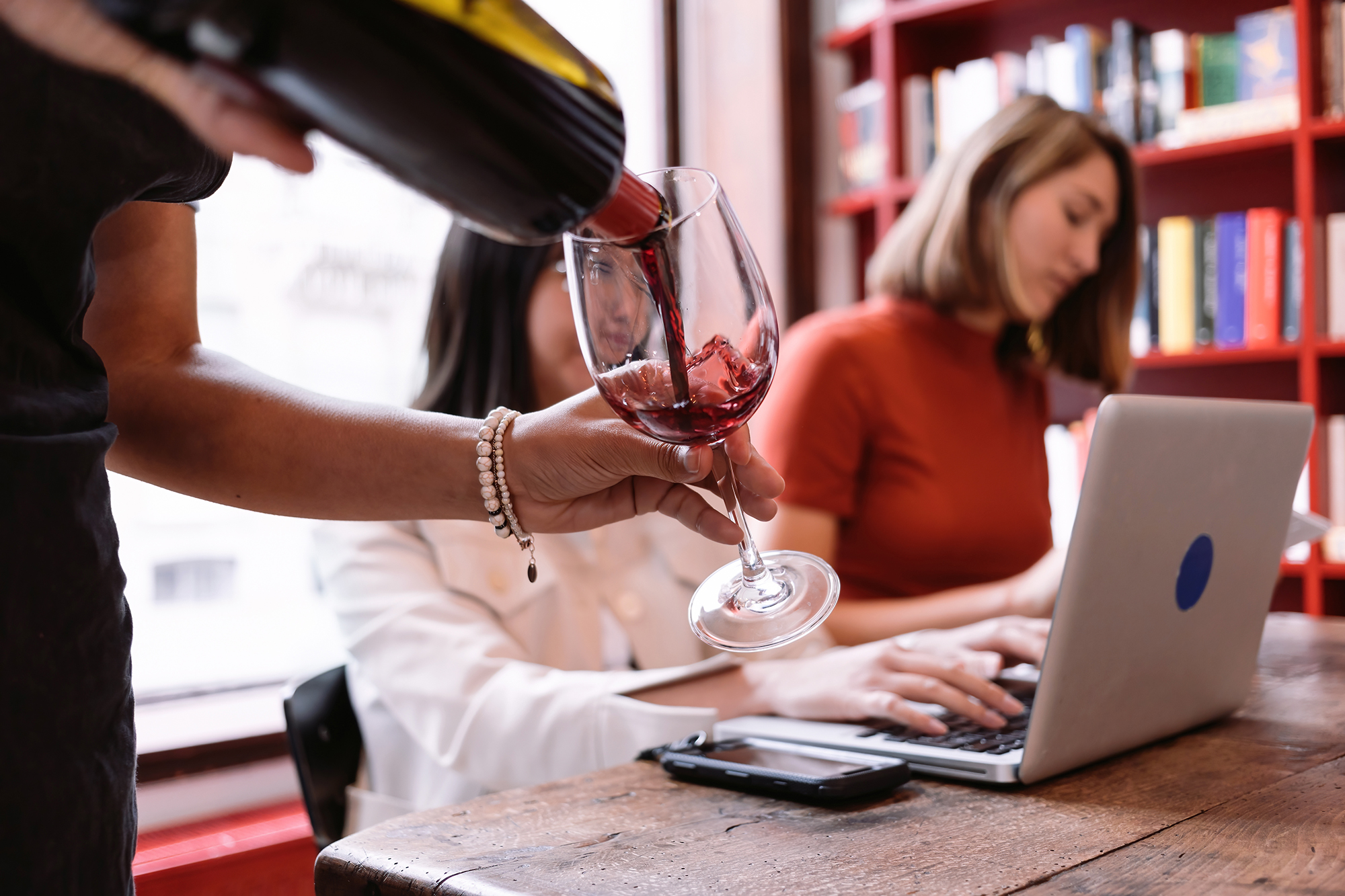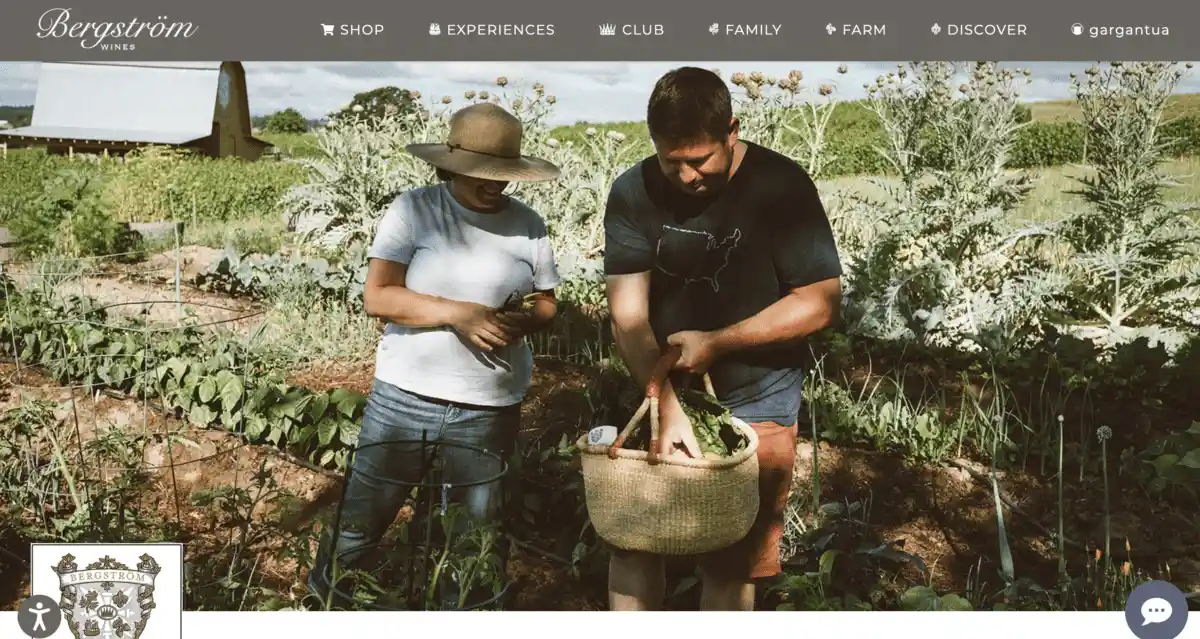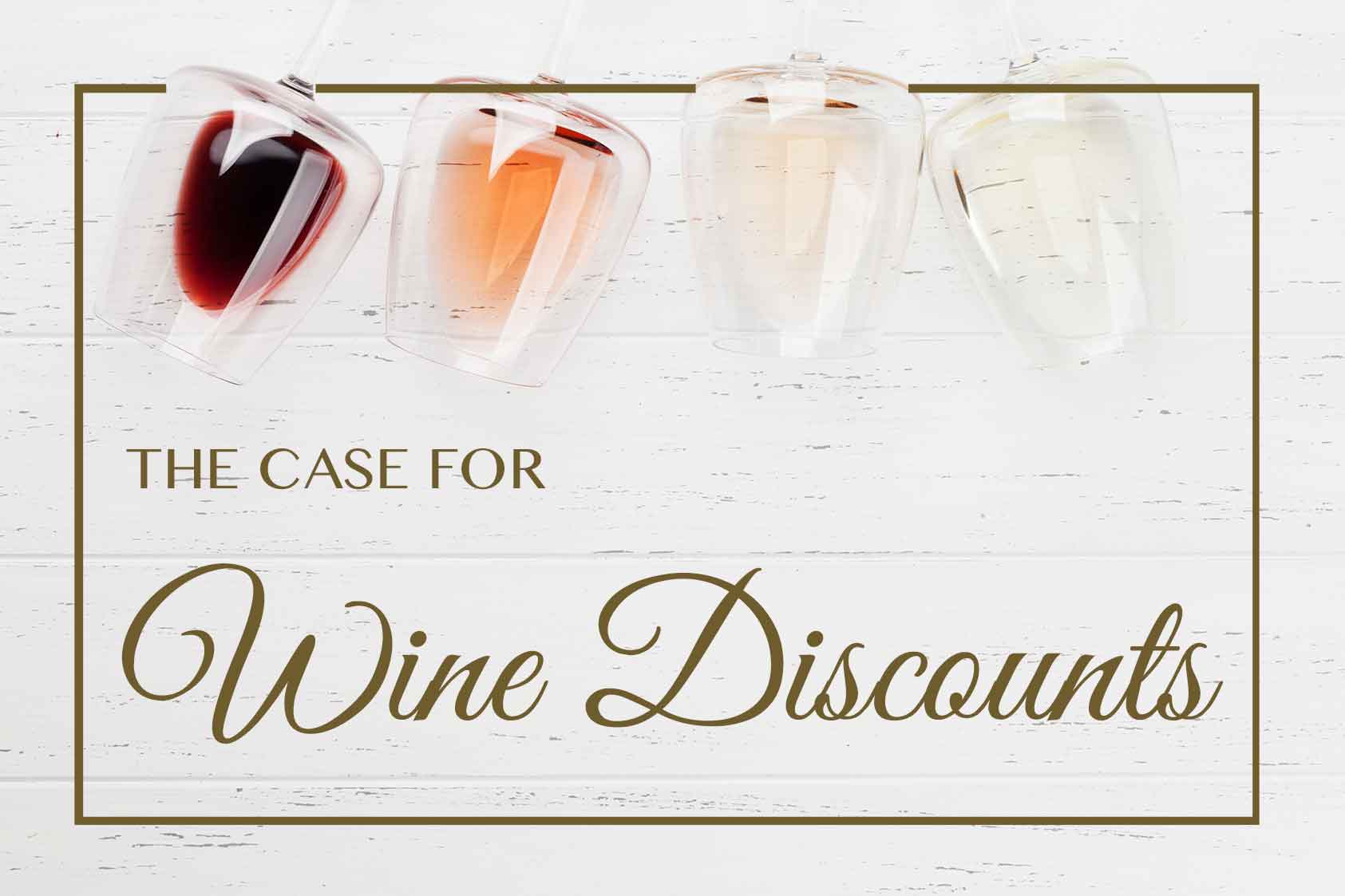
“We need butts in seats,” is the refrain we continue to hear from many in the wine industry. Yes, they are seeing more visitors as the weather warms, but there are still plenty of empty tables.
Last month we wrote a blog post providing our short-term digital strategy for getting more visitors to your tasting room (hint: Google Ads focused on visitation). However, in doing so, we realized many of you still have a problem that’s likely preventing people from pulling the trigger on reserving their spot. And that problem is that your wine tastings, as presented on your website, don’t sound very fun.
For most people, trip planning means deciding between a few wineries. And, as much as we’d like to think these people will come to our websites, read our winery’s story, discover our scores, appreciate our dedication to sustainability, and love our winemaking philosophy, the reality is, many will decide where to go based on how our tastings are described on our reservation page. It’s very similar to how people choose where to eat. They have a sense of a few restaurants they are considering, so they go online and check the menu. If they like the menu, they book the reservation. If they aren’t crazy about the menu, they’re going to keep looking. We don’t want them to keep looking. We want them to say, “That looks great,” and then book the reservation.
Keeping that in mind, there are a few factors that will make people choose your “menu” over that of another winery. They are price, wines poured / food offered, and how the tasting experience is described.
Regarding price, we understand pricing can be used as a tool to filter out buyers, or it can be used to quickly signal that your wines are top-tier. However, if visitation has slowed, and your tasting fee has gone up, perhaps it’s time to consider that wine buyers may be filtering you out. Unless there is something so special about your winery, or your tasting experience, you need to make sure your tasting fees are in line with those of your competition. From there, assuming your tasting fee is refundable with purchase, you need to make clear what that purchase threshold is (and, again, that it’s in line with that of your competition).
When it comes to wines poured and food offered, this needs to be clear and updated regularly on your reservation page. So often we see the tasting described as, “Enjoy four pinots and one chardonnay along with light bites.” Tell me more about the Pinots. In fact, name them. Maybe even tell me their scores. Describe the light bites. Is it popcorn? Or is it something curated by your chef? You need to entice the person making reservations. Start getting them excited about your tasting the moment they reach your reservation page.
This brings us to how the tasting is described online. Too often we see wine tastings being presented as stodgy and/or educational experiences that aren’t very appealing to a broader wine tasting audience. For example, we often see tastings described as “This 90-minute educational experience…”. Sure, this is attractive to some, but, for most, particularly to your new tasters, it sounds like 90 minutes of learning about your wine and your winery. And learning, for most, sounds boring. It doesn’t sound romantic. It doesn’t sound relaxing. It doesn’t sound like a great way to catch up with your friends. It doesn’t sound fun.
Of course, we’re not dismissing the audience that does want to learn, particularly because we know this audience has a higher proportion of buyers and potential club members than most other audiences, BUT, when you’re trying to get “butts in seats”, or you’re trying to attract a younger audience – which most wineries currently are – this is not the type of tasting with which you should be leading. Instead, it’s the type of tasting that should be listed lower on your reservation page, and it should be you should be promoted using highly targeted ads or emails to a specific audience.
When you are trying to capture a new and/or younger audience for tastings, the focus needs to be fun and the description of the tasting needs to be written in a way that’s customer-centric, not winery-centric. Again, words like “romantic”, “relaxing”, “friends”, “FUN”, tell a potential customer how they are going to feel when they are at your winery. Words like “learn”, “terroir”, “dirt”, “biodynamic”, “history” tell a potential customer this tasting is going to be about you (the winery). Most new visitors are going to opt for the tasting that’s about them (the customer).
Additionally, the time limit so many wineries assign to reservations, and the way the say them, intuitively feels restrictive and unwelcoming. Imagine booking that restaurant reservation and you have to select “A 90 minute dining experience”. It’s immediately off-putting. What if you’re having a good time? Are you going to be kicked out? What if you order more food? Is that allowed? Presenting a time limit up front adds something negative to the reservation experience.
This is not to say you shouldn’t give people an idea of how long tastings take, as some might wonder. But there’s a difference between starting with, “This 90-minute tasting”, versus ending with, “typically this tasting is enjoyed in 75-90 minutes”. Immediately it gives the customer a little more breathing room. It feels more welcoming. It makes it about the customer’s enjoyment, not the winery’s restriction.
As we enter tasting season, it is our suggestion that you audit your own online tasting reservation experience. Do your best to enter your site with fresh eyes, as someone who wants to visit your winery. Is it easy to get to your visitation page? Once you’re on that page, is it welcoming? Does it show what a tasting looks like (the intimidation of wine tasting is high for those who haven’t done it, so showing or explaining a tasting helps)? Does it lead with the tasting that’s most attractive to a new audience, then filter down to tastings for more experienced tasters? Are walk ins welcome? Do you have to partake in a tasting, or can you just enjoy a glass of wine? Can food be purchased? What should club members expect? Are there tastings specific for club members? And, most importantly, do your tastings sound fun for your new visitor?
While auditing your online tasting reservation experience, now might also be a good time to audit your actual tasting experience. Since wine and fun do often go hand in hand, we trust that most of you are giving your customers a great wine tasting experience. However, we have recently been alarmed to hear how many friends have come back from local wine tasting experiences to say they will never go to X, Y, or Z winery again, simply because they felt so much pressure to buy more wine than they were already buying. We even had a friend tell us they were being so pressured to upgrade their wine club membership that they actually quit the club altogether mid-tasting. They said they weren’t even angry about it, but sad because they felt so unappreciated for their support of the winery over the years.
While we are concerned by the frequency of which we are hearing these stories, we know such experiences are relatively rare. However, it is worth noting that your tasting room audience is changing – from both generational and sales-savvy perspectives. Those of us who are Gen X (and younger) can feel a sales pitch from a mile away, and we don’t like it. If it doesn’t make us angry, it causes us anxiety – which, often looks like us buying once, and never again (and often telling our friends about the experience).
So, audit away. Check your reservation page, compare your prices and experiences to those of your competition, and play out a tasting experience. As you do all of these things, keep that customer in mind. If you tempt them with a fun experience, and provide them a fun experience, you will have a new customer for life – and, if it happens to be a GenXer, you’ll likely have their friends, too.




